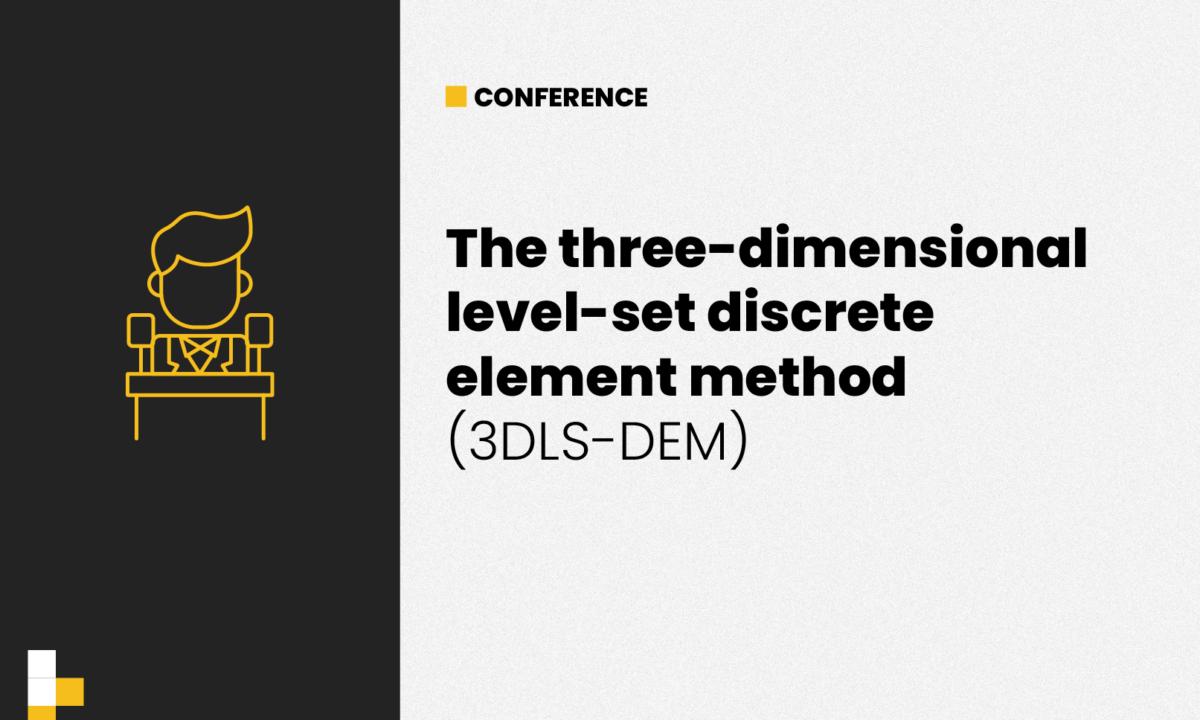
Conference » The three-dimensional level-set discrete element method (3DLS-DEM)
In this talk, the three-dimensional level-set discrete element method (3DLS-DEM) is outlined. This discrete element method variant is able to simulate systems of arbitrary-shaped particles by using level-set functions as a geometric basis. This unique formulation allows seamless interfacing with level set-based characterization methods as well as computational ease in contact calculations. It has been shown that 3DLS-DEM is able to capture and predict not only qualitatively, but also quantitatively, the stress–strain and volume–strain behavior observed in experiments. Furthermore, the boundary conditions of, for instance, triaxial tests are faithfully captured by modeling the membrane effect as well as the platen displacement and tilting. 3DLS-DEM is a computational tool that can give insight into the physics and mechanics of granular materials undergoing shear deformation and failure, with computational times comparable to those of the experiment. One quantitative measure that can be extracted from the 3DLS-DEM simulations that is currently not available experimentally is the evolution of three-dimensional force chains inside and outside of a shear band.

